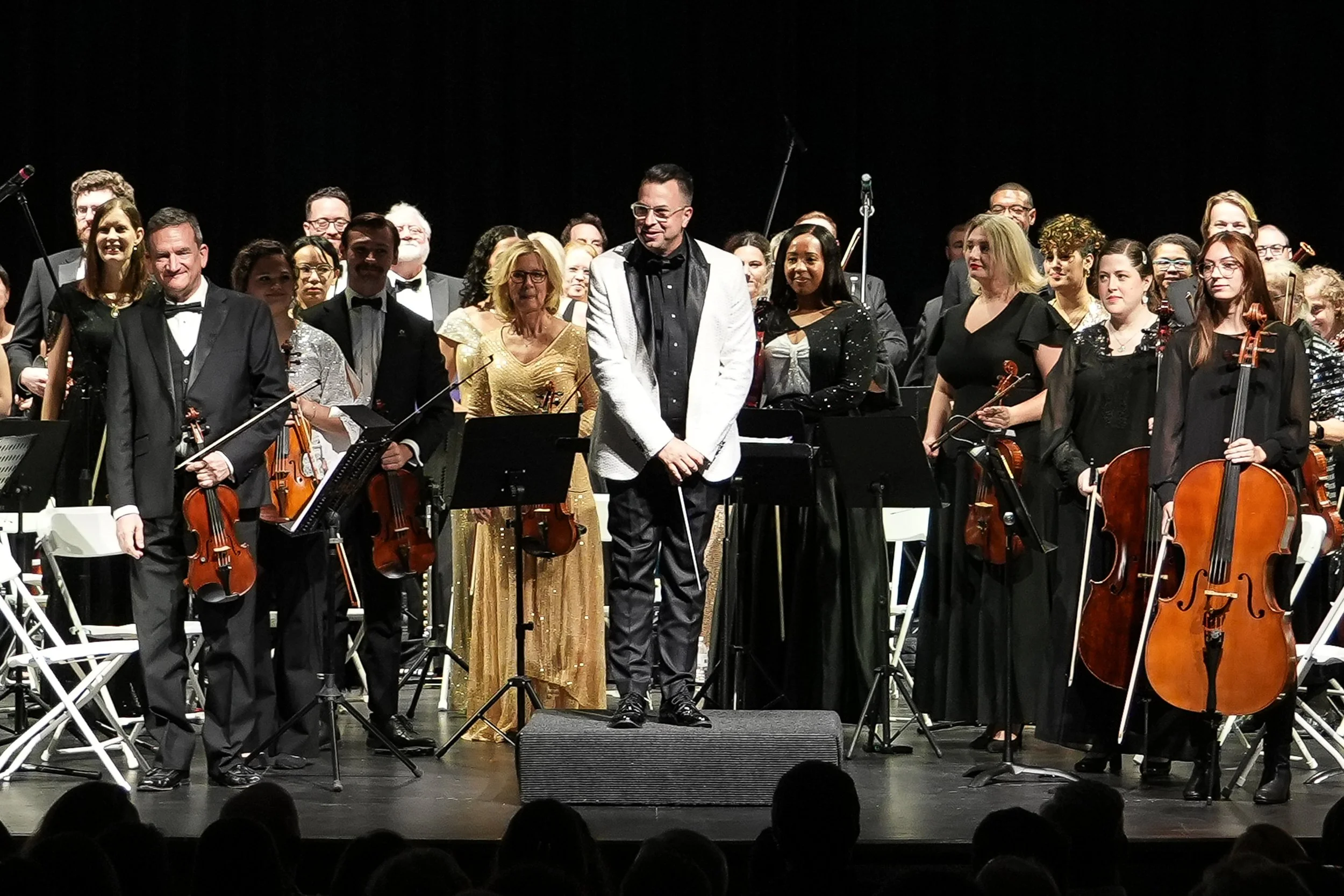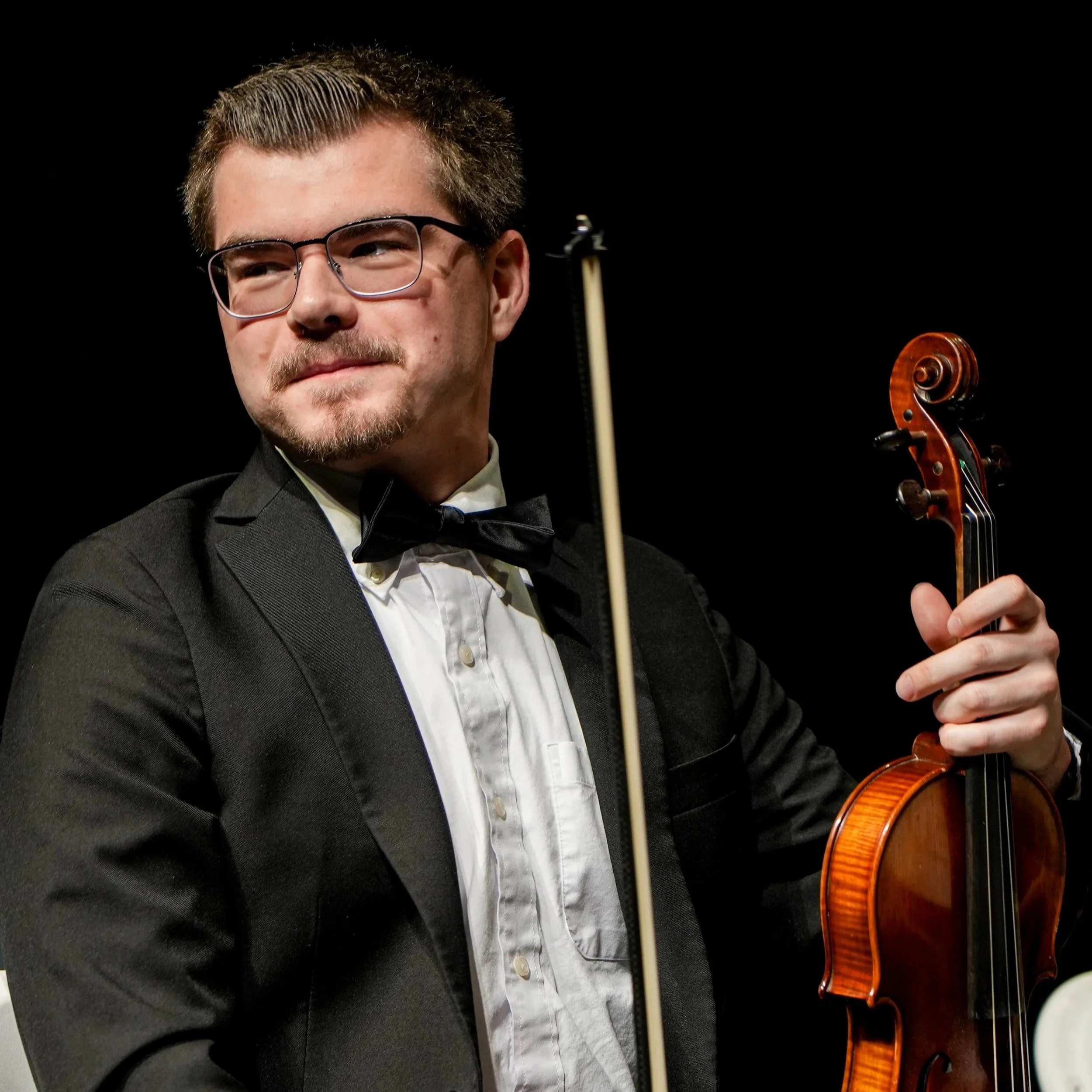Symphony no. 8
The Alpharetta Symphony will be back on stage in November to present a dynamic journey through the expressive range of Romantic music, beginning with the theatrical flair of Louis Joseph Ferdinand Hérold’s Zampa Overture, moving into the virtuosic fireworks of Franz Liszt’s Piano Concerto No. 1 in E flat Major featuring Alex Wasserman on piano, and concluding with the lyrical optimism of Antonín Dvořák’s Symphony No. 8 in G Major.
The concert opens with the Zampa Overture, a high-spirited and colorfully orchestrated work that has outlived the relative obscurity of Hérold’s full opera. Bursting with dramatic contrast, the overture begins with a solemn introduction led by tolling bells, a hint of the opera’s ghostly plot before launching into a vivacious Allegro full of galloping rhythms and theatrical flair. Its lively melodies and rhythmic propulsion make it a memorable concert opener, setting the stage with an infectious energy.
Next, we are transported into the dazzling world of Franz Liszt, the Romantic era’s greatest keyboard virtuoso. His Piano Concerto No. 1 in E flat Major, a tour de force in four connected movements, showcases both technical brilliance and lyrical depth. From the bold opening motif, thunderously stated by the orchestra and echoed by the piano, to the introspective slow movement and the rhapsodic finale, the concerto unfolds with thematic unity and dramatic flair. Known for its revolutionary form and orchestration, including a prominent solo triangle part in the third movement, this concerto blurs the line between solo and ensemble, allowing the piano to both dazzle and dialogue with the orchestra.
The performance concludes with Antonín Dvořák’s radiant 8th Symphony in G Major. Composed in 1889, this symphony departs from the stormy drama typical of the Romantic symphonic tradition and instead celebrates life, folk dances, and the pastoral charm of the Czech countryside. The first movement opens with a gently melancholic theme before giving way to a rich tapestry of melodies. The second movement is a lyrical adagio, serene and songful, followed by a graceful waltz-like third movement. The finale bursts forth with a trumpet fanfare, culminating in one of Dvořák’s most exuberant and satisfying symphonic conclusions. It’s a work of generosity and joy, closing the program with an uplifting spirit.
Together, these three works offer a vibrant concert experience with operatic storytelling from Hérold, through the romantic fire and innovation of Liszt, to the sunlit landscapes of Dvořák’s symphonic masterpiece. A celebration of 19th-century musical imagination at its finest


